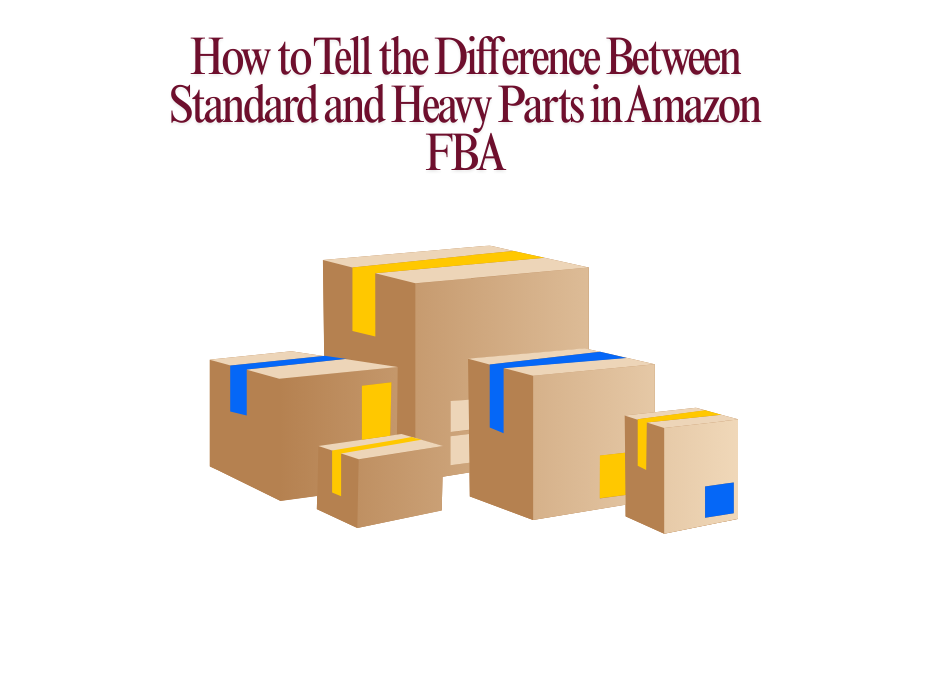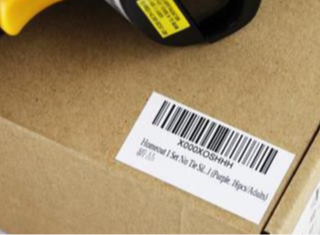FBA LCL Quote
FBA 40HQ FCL Quote
Navigating the complexities of international shipping can be daunting for Amazon sellers. One solution that has gained traction is FBA Dual Customs Clearance & Taxes Included. This comprehensive logistics service simplifies the process, ensuring your products reach Amazon’s warehouses smoothly and efficiently. In this article, we’ll delve into what dual customs clearance and taxes included mean for your FBA business, how it works, and the benefits and considerations you should be aware of.
What is FBA Dual Customs Clearance & Taxes Included?
FBA Dual Customs Clearance & Taxes Included is a logistics service tailored for Amazon sellers that covers the entire shipping journey from your warehouse in China to Amazon’s FBA warehouses in your target country, such as the United States. This service encompasses two main components:
1. Dual Customs Clearance
Dual customs clearance refers to the handling of customs procedures both in the exporting country (e.g., China) and the importing country (e.g., USA).
Export Customs Clearance: In the exporting country, the logistics provider manages all necessary export declarations and paperwork. This ensures that your goods comply with local export regulations and are cleared for shipment.
Import Customs Clearance: Upon arrival in the destination country, the same logistics provider takes care of the import customs process. They handle the necessary documentation, inspections, and any other requirements to ensure your products pass through customs without delays.
2. Taxes Included
Taxes included means that the logistics provider’s quote encompasses all potential import duties, Value-Added Tax (VAT), and other related fees. As a seller, you won’t need to worry about these additional costs because they are already factored into the service fee.
How Does It Work?
Here’s a step-by-step overview of how FBA Dual Customs Clearance & Taxes Included operates:
Pickup from Your Warehouse: The logistics provider collects your products from your warehouse.
International Shipping: Your goods are transported via air or sea to the destination country.
Export and Import Customs: The provider handles both export and import customs clearance, ensuring compliance with all regulations.
Tax Payment: All applicable duties and taxes are calculated and included in the service fee.
Delivery to Amazon FBA: Finally, the products are delivered directly to Amazon’s FBA warehouses, ready for fulfillment.
Benefits of Dual Customs Clearance & Taxes Included
1. Simplified Process
Handling customs can be complex and time-consuming. By opting for a dual customs clearance service, you delegate this responsibility to experts, allowing you to focus on growing your business.
2. Cost Predictability
With taxes and duties included in the service fee, you avoid unexpected expenses. This transparency helps you manage your budget more effectively.
3. Faster Shipping
Professional handling of customs procedures can significantly reduce delays, ensuring your products reach Amazon’s warehouses promptly and remain available for sale.
4. Compliance Assurance
Logistics providers experienced in international shipping are well-versed in the latest regulations. This reduces the risk of non-compliance, which can lead to fines or seized goods.
When to Use Dual Customs Clearance & Taxes Included
This service is particularly beneficial for sellers who:
Lack Expertise: If you’re unfamiliar with the intricacies of international shipping and customs regulations.
Seek Efficiency: When you want to streamline your logistics process and minimize delays.
Prefer Predictable Costs: If you want to include all potential fees in your shipping budget.
Handle Special Goods: When your products require special handling or documentation for customs clearance.
Risks and Considerations
While FBA Dual Customs Clearance & Taxes Included offers many advantages, it’s essential to be aware of potential risks:
1. Ownership and Tax Issues
Using a freight forwarder’s TAX/VAT/EORI number can sometimes lead to issues with ownership rights and the inability to claim import VAT deductions. Ownership of goods during international shipping can become blurry if your logistics provider handles the customs process using their own tax identification. This might prevent you from claiming import VAT refunds, which could have been beneficial if you were the Importing Party. You need to ensure that your agreement with the logistics provider clearly defines these aspects to avoid complications with the tax authorities.
2. Regulatory Compliance
Increasingly stringent tax and customs regulations, especially in regions like Europe and the USA, can pose legal and financial risks. Failing to comply with evolving regulations could result in fines, delays, or even seized goods. For example, some goods require special documentation or certifications, and missing these requirements can halt shipments in customs.
3. Seasonal Limitations and Storage Challenges
In busy periods, such as Black Friday or holiday seasons, Amazon’s FBA warehouses often experience storage limitations. This can result in costly delays or restrictions on the amount of inventory you can send to Amazon. Choosing an FBA logistics provider who understands these seasonal challenges and can plan shipments accordingly can help mitigate this issue.
Choosing the Right Provider
Selecting a trustworthy logistics partner is crucial. Ensure they have a solid track record, understand your specific needs, and comply with all relevant regulations to avoid potential legal and economic losses. Here are some best practices for choosing the right provider:
Experience with Amazon FBA: Make sure your logistics provider has experience working specifically with Amazon FBA. This ensures they understand the specific packaging, labeling, and documentation requirements for FBA shipments.
Clear and Transparent Pricing: Request detailed pricing breakdowns, including all potential extra charges such as cargo insurance, documentation fees, and customs clearance charges. This helps you avoid hidden costs during the shipping process.
Check for Compliance and Certifications: Ensure the provider complies with all customs, VAT, and import/export regulations. The logistics provider should be able to provide evidence of tax registration or customs certification to avoid complications during customs processing.
Capacity to Handle Seasonal Peaks: Choose a logistics partner who can adjust to peak seasons by managing warehouse space and timely shipping to prevent storage restrictions at Amazon's FBA warehouses.
Customer Service & Problem Resolution: A reliable logistics provider should offer prompt customer service and the ability to resolve any issues quickly, especially when things go wrong during transit or customs clearance.
Best Practices for Using Dual Customs Clearance & Taxes Included
1. Choose Reputable Providers
Research and select logistics companies with proven expertise in dual customs clearance and tax-inclusive services. Look for reviews, testimonials, and case studies that demonstrate their reliability.
2. Ensure Compliance
Stay informed about the latest customs and tax regulations in your target market. Collaborate closely with your logistics provider to ensure all documentation and procedures are up to date.
3. Plan for Contingencies
Despite thorough planning, unexpected issues can arise. Have a contingency plan in place to handle delays or complications in customs clearance. Ensure you have the contact details of both your provider and Amazon’s support team to resolve issues quickly.
4. Monitor and Review
Regularly review your logistics process and costs. This helps identify areas for improvement and ensures you’re getting the best value from your logistics provider. Continuously track changes in tax and customs regulations to adjust your process as needed.
Conclusion
FBA Dual Customs Clearance & Taxes Included is a valuable service for Amazon sellers looking to simplify their international shipping and logistics. By handling both export and import customs procedures and including all relevant taxes in the service fee, this solution offers a streamlined, cost-effective way to manage your FBA shipments. However, it’s essential to choose a reputable provider and stay informed about regulatory requirements to maximize the benefits and minimize potential risks.
Embracing this comprehensive logistics service can free you from the complexities of international shipping, allowing you to focus on what truly matters—growing your Amazon business and reaching customers worldwide.



